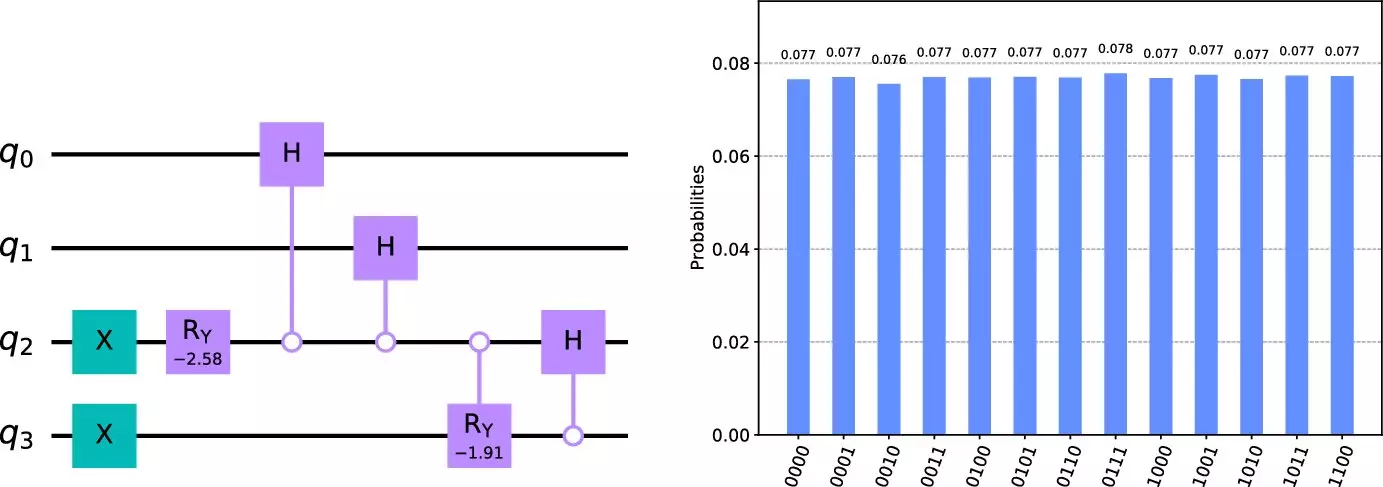A groundbreaking algorithm developed by Prakash Vedula, Ph.D., a distinguished professor at the University of Oklahoma School of Aerospace and Mechanical Engineering, has caused a stir in the realm of quantum computing. This innovative algorithm, which has outpaced its predecessors by leaps and bounds, has garnered the interest of tech giants such as Google and IBM.
At the heart of this trailblazing algorithm lies its ability to create uniform quantum superposition states, a crucial component in quantum computing. By streamlining this process, the algorithm significantly diminishes the complexity involved, paving the way for enhanced efficiency in a myriad of applications spanning quantum search, optimization, differential equations, signal processing, cryptography, finance, and artificial intelligence.
The Shukla-Vedula algorithm, co-named after Vedula and his research collaborator Alok Shukla, Ph.D., has swiftly gained recognition in the quantum computing sphere. Leading quantum software platforms, including Google’s Cirq and IBM’s Qiskit, have integrated this groundbreaking algorithm into their latest software iterations. Notably, financial powerhouse Goldman Sachs has already begun leveraging the algorithm to analyze financial risks associated with derivatives.
Professor Vedula, whose research pursuits center on high-risk, high-impact projects, extols the exponential improvements demonstrated by the algorithm compared to existing methodologies. Remarkably, these advancements have been achieved without the call for additional resources. As the algorithm continues to gain momentum, Professor Vedula remains optimistic about its future impact on quantum computing, predicting significant enhancements across a multitude of applications.
The advent of the Shukla-Vedula algorithm heralds a new era in the evolution of quantum computing. Its integration into prominent software platforms and its practical adoption in critical sectors such as finance underscore its transformative potential. As details on the algorithm’s implementation and user interface are made accessible through Cirq and Qiskit’s software documentations, the quantum computing community eagerly anticipates the ripple effect of this monumental innovation.


Leave a Reply